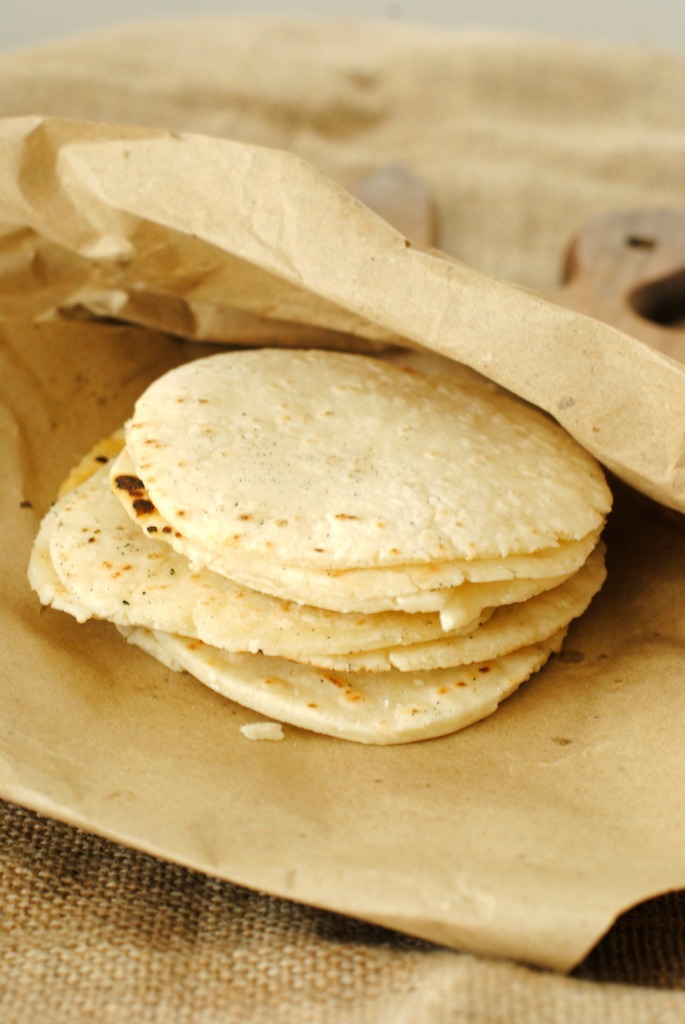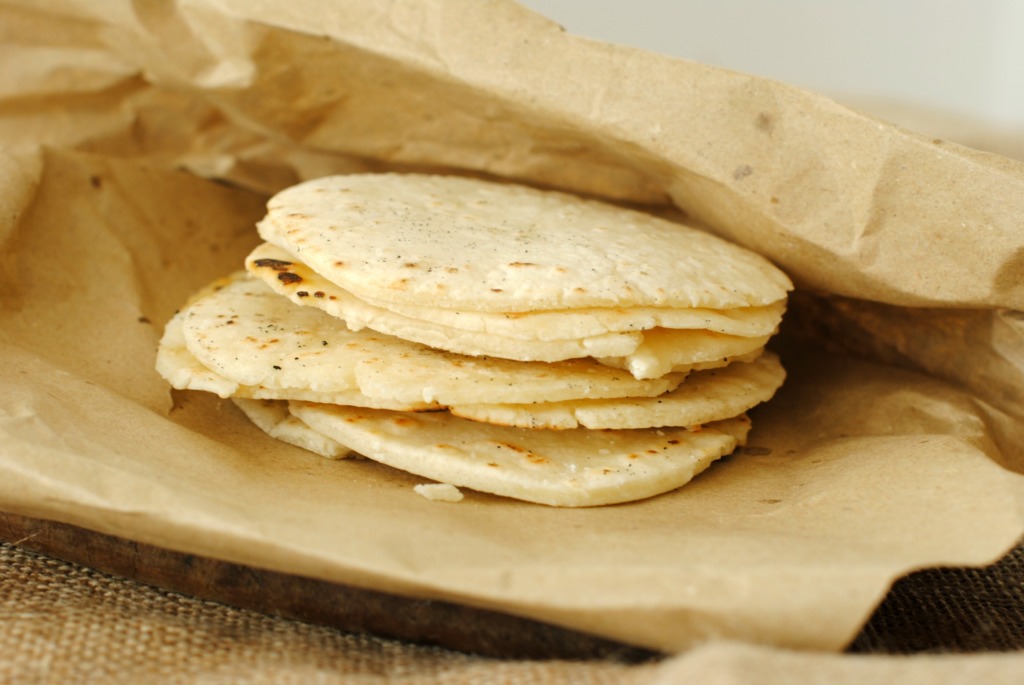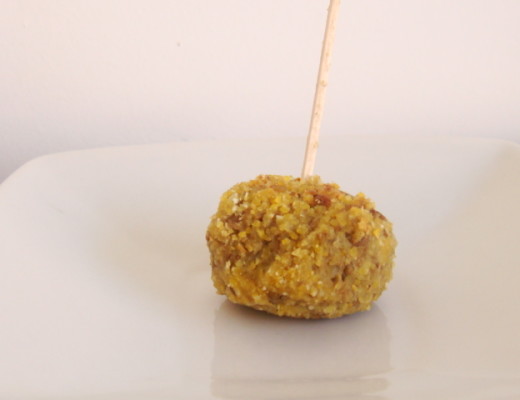The real name should be tortilla de grasa, fat tortilla and its sound almost dangerous because the fat is “evil”
Instead For the gaucho, the mythical lonely character, who was riding in the pampas, the grasa, or the fatty part of the meat of cow butchered and ate, was a source of calories and taste.
In Argentina, every part of the cow is used, almost nothing is thrown away, and the suet, grasa vacuna or grasa de pella,was the fat used for seasoning and baking, as well as in Italy, or more generally in Europe, was lard from pigs.
Animal fat has been mainly used throughout the ages in all cuisines, from the Middle Ages, before the olive oil or other types of oil would replace it in mass consumption, replacement that substantially occurs only during the ‘900.
Suet and lard were the fats of the lower classes, while the butter and oil were destined for consumers who could afford to pay higher prices.
Before the XX century being “fat” was a symbol of well-being, against “meagre” that was typical of rural and poor populations.
“Fat” was nice, and it took ages and some food abundance to debunk the paradigm.
My mom tells me that when she was a child, of 8-9 years, she was slim and petite and was viewed with some concern from the wives of the village, which, however, were all in a swoon for her chubbiest companions with beautiful big cheeks. Even today, an aunt tells her: “eh you were so slim and lean.” I saw the pictures of my mother as a child and it was a little girl with normal weight, according to our current parameters.
Nowadays the fat is bad, thanks to the studies that have demonstrated a correlation between fat and cardiac disease. But like all food, even the fat is useful, so the tendency is to reconsider this edict of ostracism: the fats are a source and energy reserve, used for cell metabolism, the hormonal regulation, the transmission of vitamins, they have an antioxidant function, and are essential for the formation of the nervous system.
In short, we need fats, what we do not need is an excess of fats, especially animal fats. As the gaucho who prepared the tortilla knew.
The tortilla de grasa is a close relative of the flour tortilla, from Mexico or Central America, who seems to have really done around the world. The bread like pitta arrives in Spain with the Arabs and the Sephardic Jews lead it in America . In the north it becomes part of the tex mex kitchen for burritos, while in Argentina and Chile is the asado companion, grilled meat, especially in rural areas, and often, especially in Chile, it also defines tortilla de rescoldo, as it’s cooked in the ashes of the last embers.
But it is could be very possible that in Buenos Aires, maybe at the subway exit, the morning you could find a lady who prepares the tortilla in a portable grill heated by coals, to buy and eat as a comforting street food.
[print_this]
GLUTEN FREE TORTILLA
Preparation time: 10 min
Resting time: 30 minutes
Cooking time: 3-4 minutes per tortilla
Difficulty: Easy
Ingredients for 6 tortillas
- 500 g of gluten free flour (I used MIX B Schär)
- 10 g salt
- 100 g of suet (or butter) soft, dissolved at room temperature
- 10 g of yeast
- 350 ml of water
You need
- A large bowl for kneadin
- a rolling pin
- A grill to cook
Instructions
- In a large bowl, mix all ingredients until dough is smooth, and rather soft. but that you can pull it out of your fingers.
- Divide it into 6 parts and let rest for at least half an hour.
- Take each piece and roll it with a rolling pin on a floured work surface until it is half cm thick, then prick with a fork.
- Cooking directly over a hot griddle over medium high heat or in the oven at 200 degrees on a grate turning a few times.
If you want you can sprinkle with sugar.
It is used to eat these breads with tea or mate. It’s very good when it’s still hot.
[/print_this]
NB:
The amount of water needed depends on the type of gluten free flour used. Pour it a little at time to knead, adding up to get a soft mass, but that is detached from the fingers.







No Comments